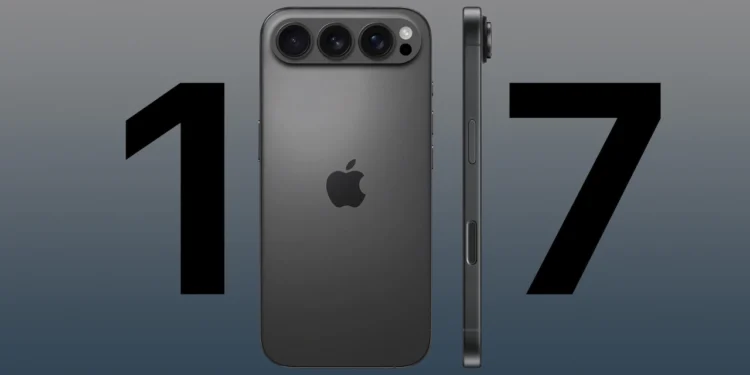Apple has scheduled an event for September 9, as indicated by an invitation sent to the press on Tuesday, where the company is expected to unveil the iPhone 17 and new Apple Watch models, alongside other possible new devices. Apple seldom reveals specifics about upcoming products prior to their announcements, yet it has consistently launched new iPhones in September since 2012. The invitation features the tagline “Awe dropping.”
The September event of iPhone 17 launching, taking place at Apple’s campus in Cupertino, California, is generally viewed as the tech giant’s most significant event of the year. There is great anticipation for a new iPhone, Apple’s primary source of revenue, though it remains uncertain if consumers will be willing to invest in the latest version during a time of tighter budgets. Moreover, Wall Street will be watching the announcements closely to gauge whether Apple remains a leader in innovation, particularly in the current era of AI.
This year’s stakes are particularly elevated following Apple’s postponement of a significant upgrade to its Siri digital assistant, which would have enhanced its capabilities to compete with OpenAI’s ChatGPT and Google’s Gemini. Investors responded positively to Apple’s earnings report in July, which highlighted strong iPhone sales despite setbacks in AI.
However, Apple framed last year’s iPhone 16 as designed with “Apple Intelligence” in mind, a trend it may persist into 2025 as competitors like Google enhance their own AI initiatives.
This year, Apple is aiming to attract consumers with a super slim iPhone, according to Bloomberg. The company is anticipated to introduce a new model that resembles the MacBook Air in its design: much sleeker but possibly sacrificing battery life and camera quality, as suggested by the report.
Revamping the iPhone’s design could potentially spark renewed interest in smartphones during a period when most users only upgrade out of necessity, according to data from the market research firm Consumer Intelligence Research Partners. While nearly every other smartphone manufacturer has introduced foldable devices, the iPhone’s design has remained largely unchanged for years.
Apple’s efforts to appeal to buyers with iPhones in various sizes have seen limited success. The company discontinued the iPhone Mini after just two iterations. Additionally, the larger iPhone 16 Plus only made up 5-10% of Apple’s shipments as of July 2024, based on insights from TF International Securities’ Ming-Chi Kuo, an analyst recognized for his predictions about Apple products. He also anticipates that Apple will phase out the Plus model from its iPhone range in 2025.
Along with a new, sleeker version, Apple is expected to introduce a standard variant of the iPhone 17, as well as new Pro models. Typically, Apple enhances its standard models with upgraded processors and minor improvements to the camera and battery life. In comparison to the standard models, the Pro variants provide more sophisticated cameras, larger displays, slightly more powerful processors, and a titanium body.
This highly anticipated event occurs as Apple continues to deal with the repercussions of President Donald Trump’s tariffs. In July, CEO Tim Cook informed analysts that he anticipates Apple will face $1.1 billion in tariff-related expenses during the September quarter.
To decrease dependence on China, which plays a central role in its smartphone manufacturing, Apple has moved production of most of its iPhones intended for the US market to India. Although India has implemented 50% tariffs, smartphones are currently exempt from such charges.
Trump has also suggested that Apple would not be impacted by the forthcoming 100% tariffs on semiconductors. He has stated that companies committed to domestic production in the US would be exempt from these fees. Earlier this month, Apple announced plans to invest $600 billion in expanding its US operations, which includes establishing a domestic supply chain for its chips.
Also read:











